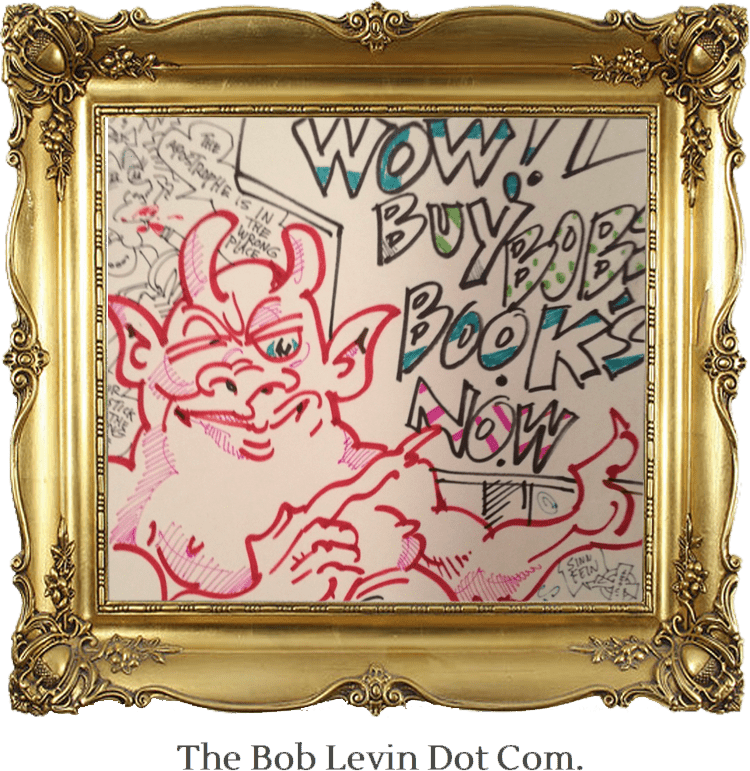My friend and most trusted political adviser, Budd, hates Allen Dulles. This may surprise those who have not woken up with Mr. Dulles on their mind since before the break-up of the Beatles, but he seems needed fuel for those who believes that those who do not remember history are condemned and wish to remind themselves and others what evil the USA can do.
Budd has been reading a biography of Dulles by David Talbot, a journalist of impeccable… Well, a journalist impeccably ideologically straight-jacketed. Budd is clear on Talbot’s bent, but he still led off our last get-together by fingering Dulles for offing Patrice Lumumba, another figure long absent from “Jeopardy”‘s big board.
Sure, Dulles was probably evil, but Henry Kissinger, whom Budd admires and who is still with us, probably has more blood on his hands. And granted Lumumba’s execution, without due process of semblance of trial, was an abominable act; and while the Congolese and Belgians were more directly implicated, Dulles could easily have gone down as a co-conspirator. But bigger-picture (and sardonic humor)-wise, given went on in the next 50 years in the various states the British, French, and Belgians left behind them, how confident can we be that the Congo citizenry would have been better off if Lumumba had been left in place than if Joseph Mobutu hadn’t been maneuvered to replace him?
I can’t tell from Wikipedia what total body-count Mobutu rolled up while at his nation’s helm, but he did seem to have gutted the country financially, while, in good capitalist fashion, enriching himself unduly. On the other hand, Julius Nyere, who seems to have shared Lumumba’s more socialist inclination, left Tanzania “one of the poorest, least developed, and most foreign aid dependent countries in the world.”
I mean, I think the world can regularly be counted on to throw up evil men, like landslides or earthquakes or famines, to destroy hundreds or thousands or millions. I’ve said this before but maybe, given that, you’ve just got to step back and take the long view. Like President Obama said in the NYT today (in the Styles section, of all places), “(T)he fact is the world is wealthier, healthier, better educated, less violent, more tolerant, more morally conscious, and more attentive to the vulnerable than it has ever been.”
It may be good to get as angry as Budd does, but keep that in mind too.
